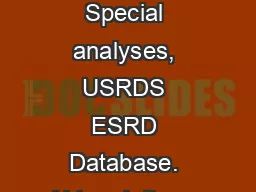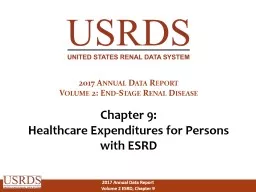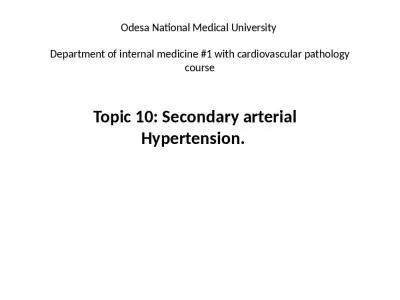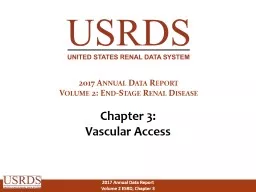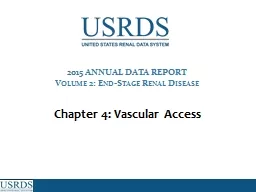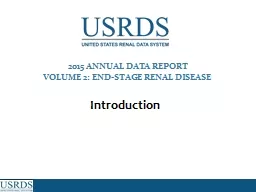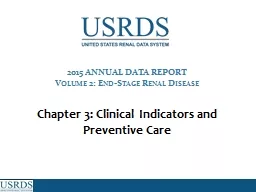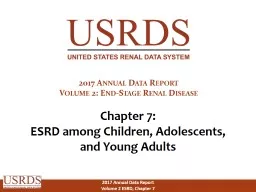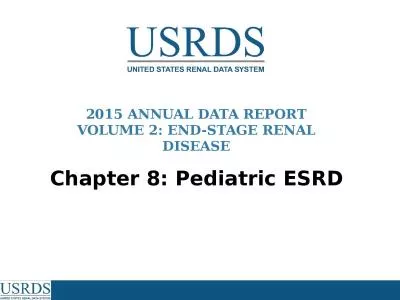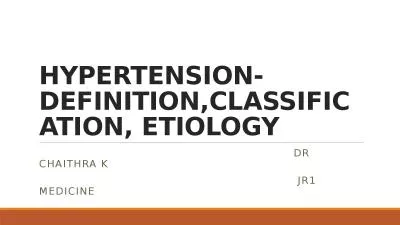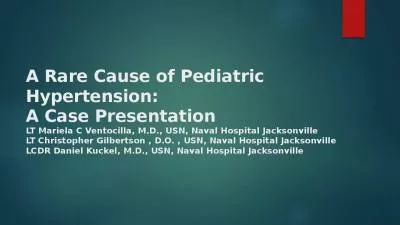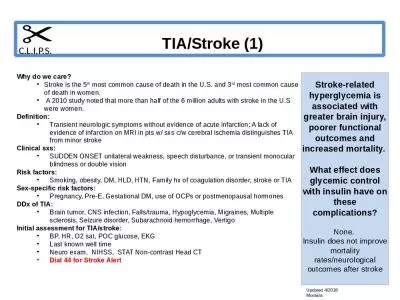PPT-Case 66 year old male with PMH of HTN, DM, ESRD on renal replacement TIW, stroke in 2011
Author : WannabeRockstar | Published Date : 2022-08-01
Patient back to baseline Vitals stable Sent to OSH where CT head shows old stroke Work up at outside including cardiac echo carotid US negative PMH as above plus
Presentation Embed Code
Download Presentation
Download Presentation The PPT/PDF document "Case 66 year old male with PMH of HTN, D..." is the property of its rightful owner. Permission is granted to download and print the materials on this website for personal, non-commercial use only, and to display it on your personal computer provided you do not modify the materials and that you retain all copyright notices contained in the materials. By downloading content from our website, you accept the terms of this agreement.
Case 66 year old male with PMH of HTN, DM, ESRD on renal replacement TIW, stroke in 2011: Transcript
Download Rules Of Document
"Case 66 year old male with PMH of HTN, DM, ESRD on renal replacement TIW, stroke in 2011"The content belongs to its owner. You may download and print it for personal use, without modification, and keep all copyright notices. By downloading, you agree to these terms.
Related Documents


